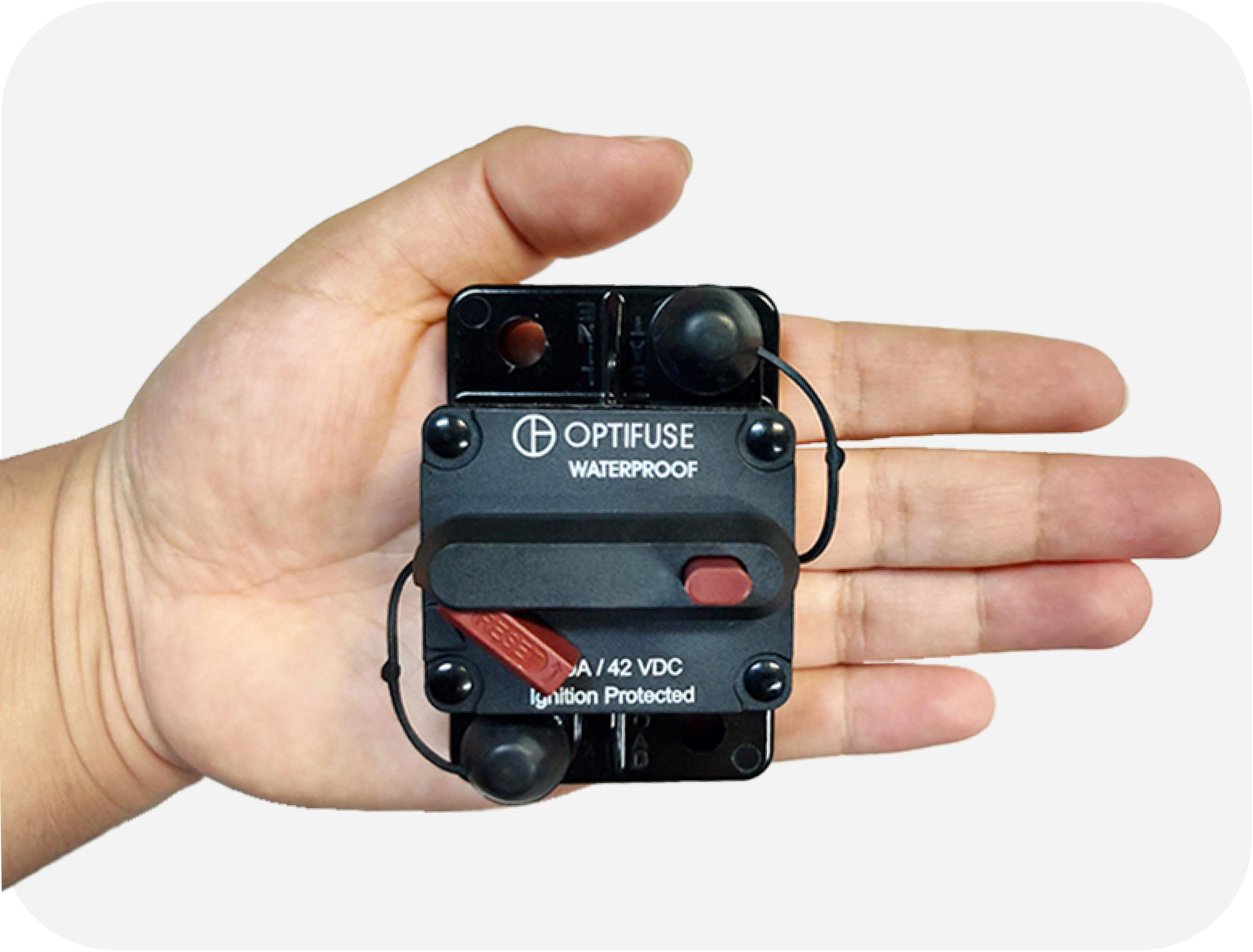What Causes a Circuit Breaker to Trip?

A circuit breaker trips when the electrical current flowing through it is higher than it is designed to handle. This built-in safety mechanism protects your electrical system from damage, reduces fire risks, and ensures safe operation of connected equipment. Understanding what causes a circuit breaker to trip can help you identify potential issues and prevent future disruptions.
Overload Current
An overload occurs when the electrical load on a circuit exceeds its capacity. For example:
- Plugging in too many appliances on the same circuit
- Starting motors that temporarily draw a high amount of current
Over time, these excessive current heats up the wires, increasing the risk of fire or equipment damage. The breaker trips to stop the flow of electricity and prevent hazardous outcomes. In vehicle and equipment systems, ACBP-N, ACBP4-PL and ACB2-PL Series automatic reset circuit breakers are ideal for managing overload conditions without requiring manual intervention.
Short Circuit
A short circuit happens when a live (hot) wire comes into contact with a neutral wire or a grounded surface. This creates a low-resistance path for the electricity to flow, causing a sudden and sharp spike in current. Common causes include:
- Damaged wiring
- Loose connections
- Faulty appliances
Short circuits can cause severe damage quickly, and the breaker must trip immediately to interrupt the surge and minimize risk. Manual reset breakers like 153, MRCBP4-PL and MRCBP-V Series are commonly used to help isolate and diagnose these faults safely, as they require manual intervention to restore power, ensuring that the problem is addressed before the circuit resets.
Other Reasons a Circuit Breaker May Trip
Beyond overloads and short circuits, other factors that can cause a circuit breaker to trip include:
- High ambient temperatures
- Faulty or deteriorating wiring
- Sudden power surges
- Aging or worn-out electrical components
Why Circuit Breakers Trip – And Why That’s a Good Thing
When a breaker trips, it’s a clear sign that it’s protecting your electrical system. Whether it’s preventing overheating, wire damage, or potential electrical fires, this interruption in power is a critical safety function.
Choosing the right protection is essential to prevent future issues. See our Circuit Protective Device Selection Guide for complete context.
Samuel Kenny, Product Manager at OptiFuse, leads the development of advanced circuit protection products for automotive, marine, and industrial sectors. He designs custom solutions and shares expert fuse selection tips on the OptiFuse Blog.